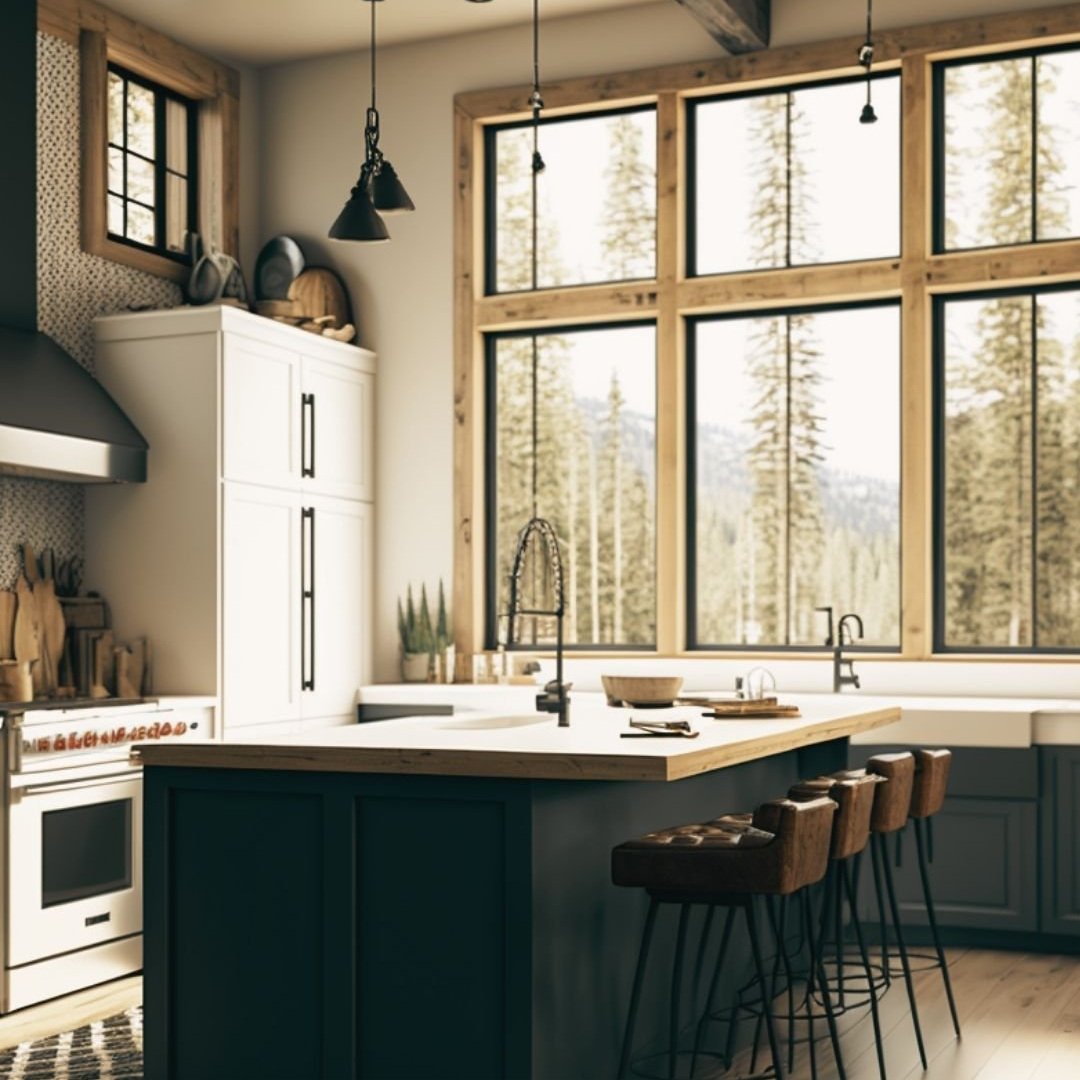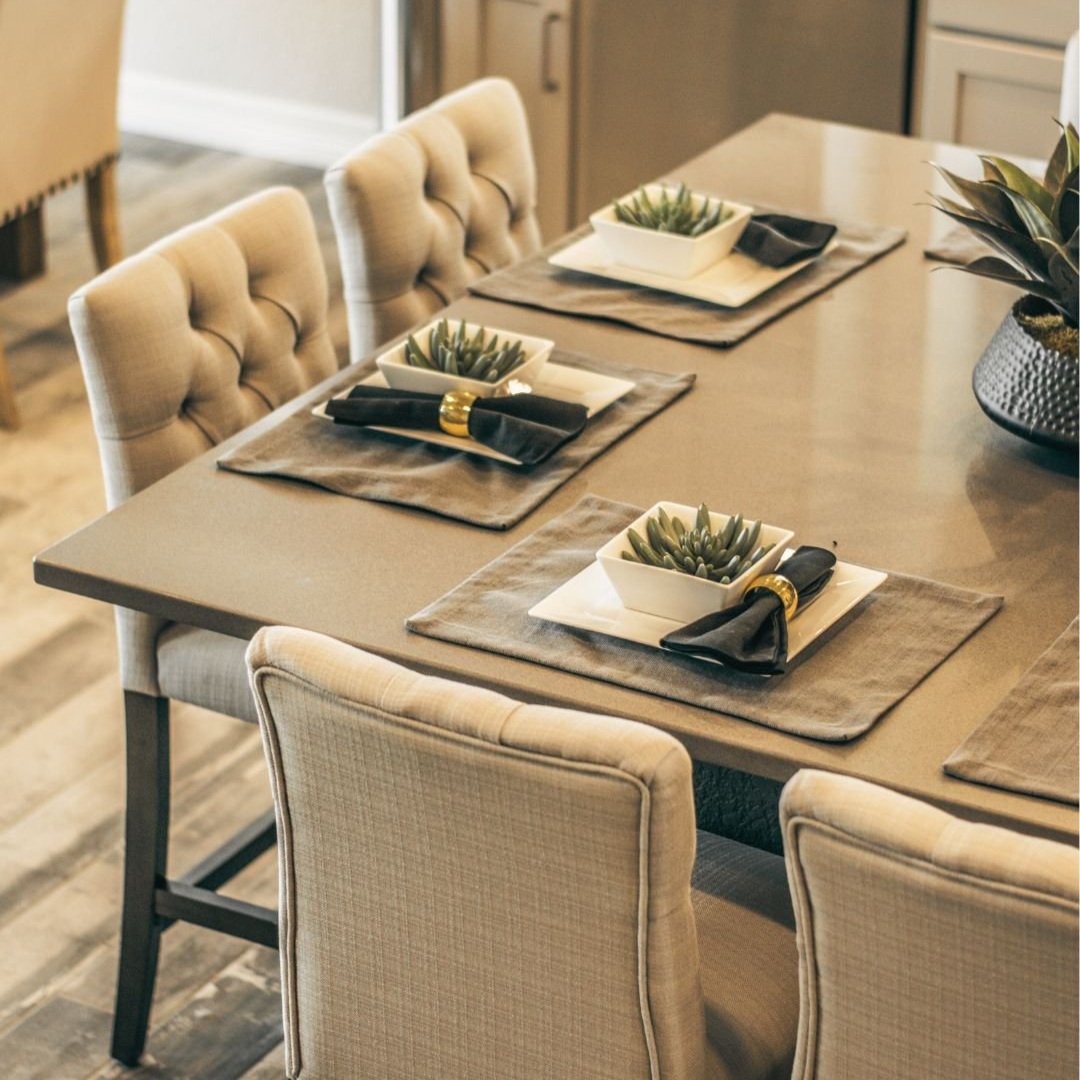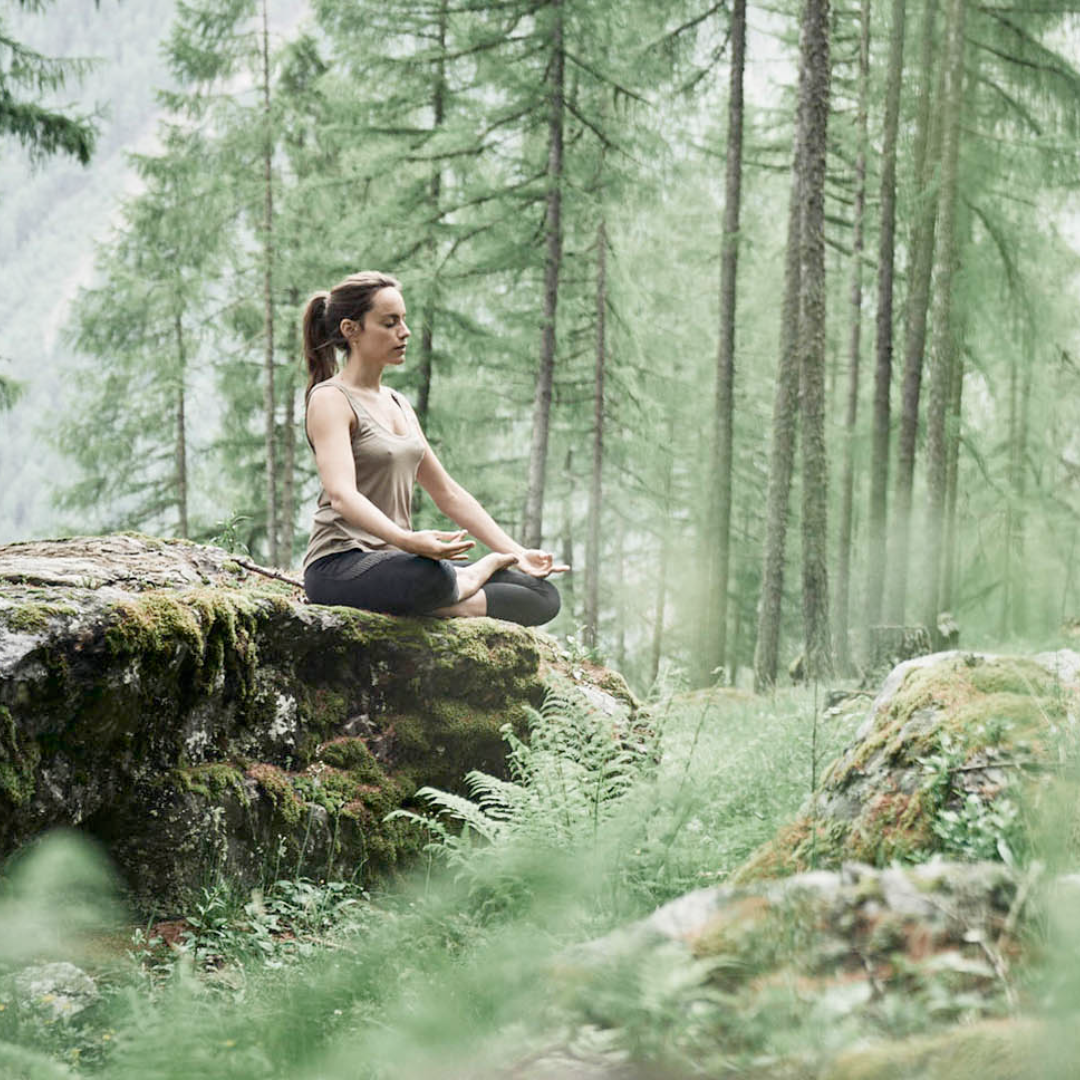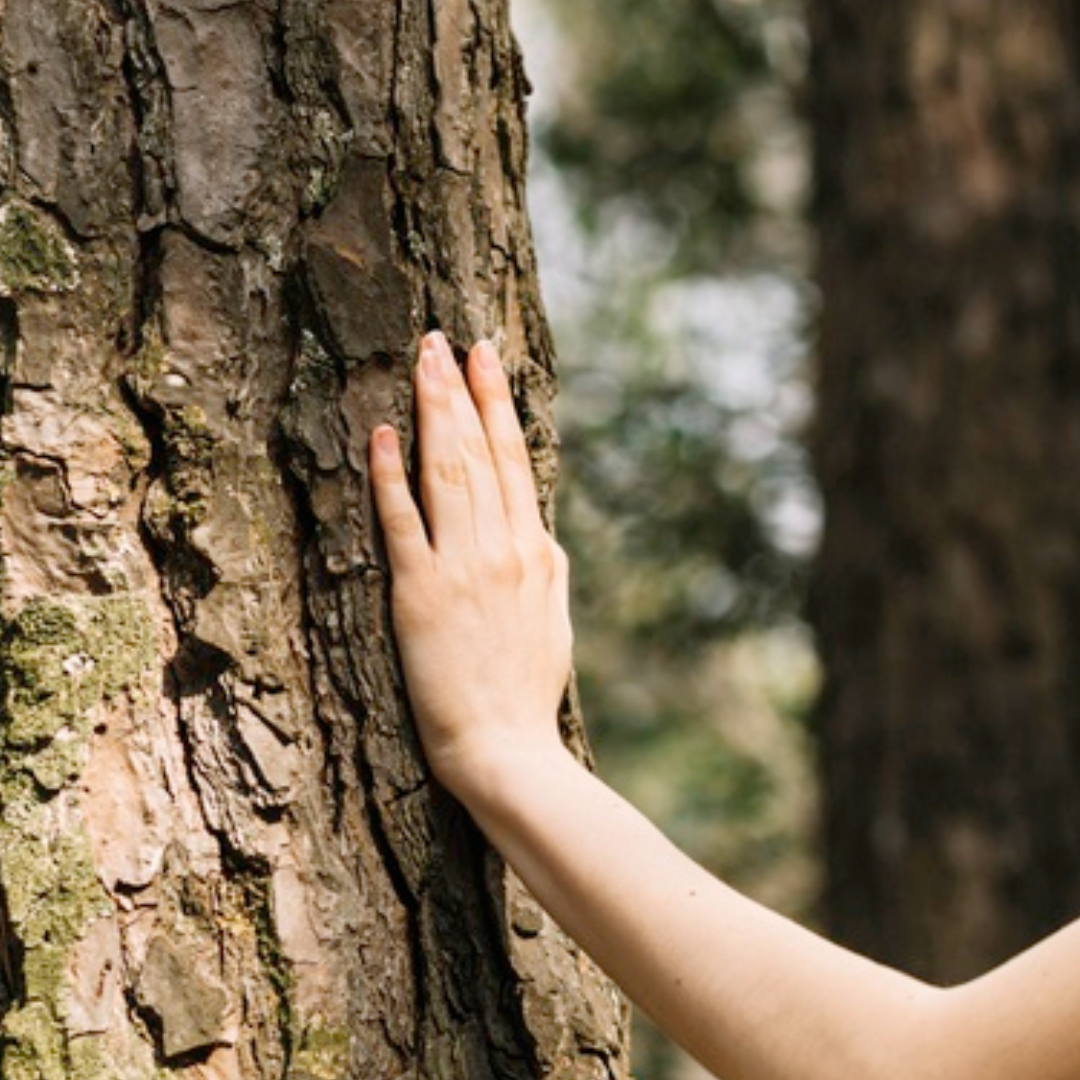What if I told you that there's a hidden oasis of relaxation, without the scorching UV rays and pesky sand, where you can disconnect from everyday noise and reconnect with nature? It’s time to try forest bathing!
What is Forest Bathing?
No, it's not taking a bath amidst the trees (though that could be quite an adventure!). Forest bathing, or "Shinrin-yoku" as it's known in Japan, is the practice of immersing yourself in the soothing embrace of nature, particularly the forest. It's not a bath in the traditional sense but more like a sensory soak in nature's serene beauty. The term was coined in Japan in the 1980s and has since gained popularity as an alternative form of relaxation and rejuvenation.
Not Your Average Hike
Unlike hiking or trekking, forest bathing doesn't involve conquering peaks or covering vast distances. It's a slow, mindful, and meditative experience. Imagine strolling leisurely through the woods, allowing yourself to be fully present in the moment, and embracing the sights, sounds, smells, and textures of the forest. It's a chance to let go of stress, quiet the mind, and connect with nature on a deeper level.
Benefits of Forest Bathing
Beyond the obvious appeal of a relaxing experience (ecotherapy, anyone?), the forest air is filled with phytoncides, natural chemicals that support the immune system. Immersing yourself in nature can spark creativity and improve focus and clarity of thought. Being in nature also promotes better sleep quality, leading to more restorative rest.
How to Engage in Forest Bathing: A Gentle Guide
Choose your Destination: Find a forest or wooded area near you. It could be a local park, nature reserve, or any green space with plenty of trees. The more diverse the flora, the better.
Gear Up: You don’t need much; just be sure to dress for the weather, and consider bringing a picnic blanket, a journal with a pen, and snacks and water if you’ll be out for a while.
Disconnect to Reconnect: Leave behind the distractions of technology. Turn off your phone or put it on silent. This is your time to be present with nature, not with screens.
Use All Your Senses: As you walk, engage all your senses. Notice the rustling of leaves, the chirping of birds, the earthy aroma of the forest floor, and the feel of the bark against your fingertips. You can even place your bare feet on the earth for a “grounding” experience.
Find Your Spot: When you feel drawn to a particular spot, pause and stay there for a while. It could be near a stream, under a majestic tree, or wherever you feel most comfortable.
Be Mindful: Let your thoughts come and go like leaves floating downstream. Be fully present in the moment and observe without judgment.
Stunning Forest Bathing Destinations
The United States boasts an abundance of natural wonders, and several places are perfect for indulging in the magic of forest bathing, including:
Redwood National and State Parks, California
Acadia National Park, Maine
Olympic National Park, Washington
Great Smoky Mountains National Park, Tennessee, and North Carolina
Adirondack Park, New York
If you're planning to venture into a new or remote region for your forest bathing experience, it's wise to consider making it a group excursion for added safety. Fortunately, there's a growing availability of guided tours that can enhance your forest bathing journey, such as this one in Asheville, North Carolina, or this one in Honolulu, Hawaii.
However, you don’t need to embark on grand journeys to far-off destinations for a transformative experience. Whether you choose to wander alone or gather friends, start by taking small, mindful steps right in your local area. Explore the nearby parks, meander through wooded areas, and let the enchanting beauty of nature surround you. Happy forest bathing!
xx, Danae









































